Chicago at Zorlu PSM: Jazz, Justice, and the Pulse of a City
We’re backstage at Zorlu PSM. Broadway’s longest-running musical Chicago is about to hit the stage. And yes—it’s just as dazzling from the front, but behind the curtain, things move to an entirely different rhythm. One that fits Chicagoperfectly: cool, poised, and unapologetically seductive.
Taking the stage in Istanbul between April 15–20, this production is more than just a musical—it’s a living continuation of a cultural story that began in 1975. With six Tonys, two Oliviers, and a Grammy under its belt, Chicago arrives at Zorlu PSM for eight special performances.
Onstage, we step into the jazz-soaked Chicago of the 1920s: a world of crime, desire, fame, and women determined to take ownership of their stories. Roxie Hart and Velma Kelly’s media-savvy cunning meets Bob Fosse’s signature choreography. Every move, every pause, carries weight. What unfolds under the lights is more than a murder story—it’s a biting commentary on justice, the media’s applause, and society’s obsession with fame.
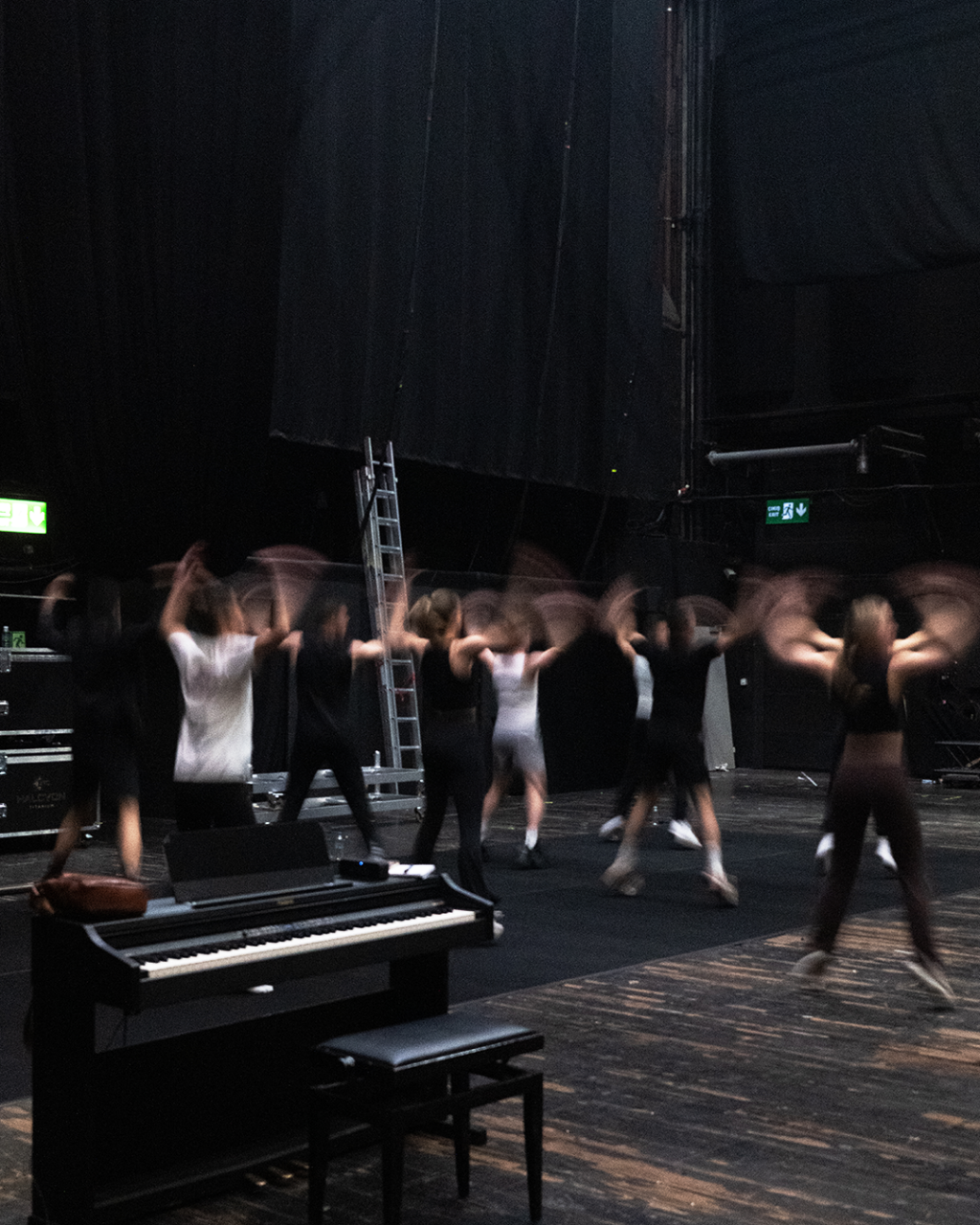
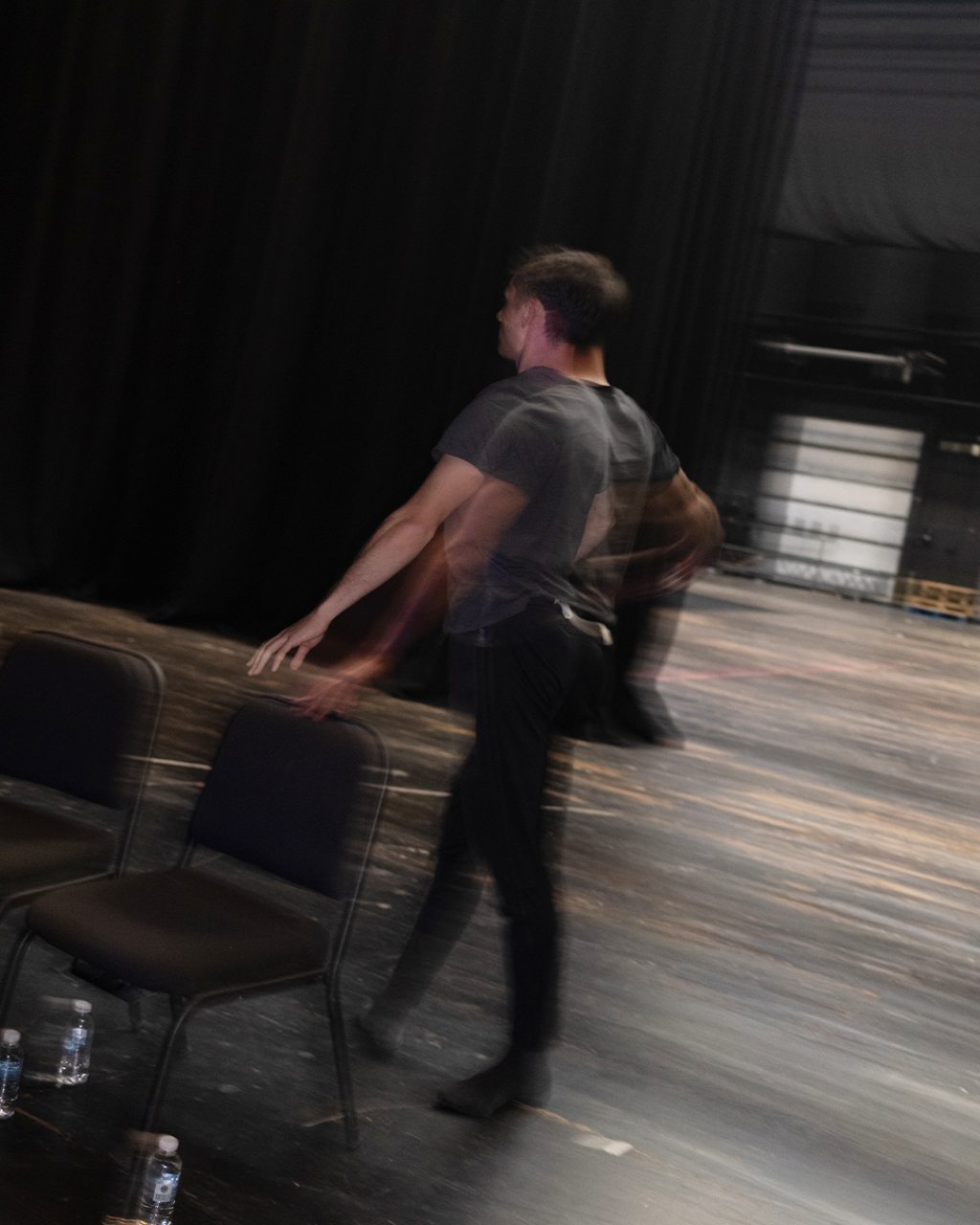
Since its 1975 Broadway debut, Chicago has rewritten the rules of what a musical can say, how it can move, and why it still matters. With its razor-sharp satire, magnetic choreography, and sly jazz pulse, this show has outlasted trends and eras, securing its place as one of the most iconic works in American theatre history.
Now, as part of its European tour, the world’s longest-running American musical arrives in Istanbul. Staged at Zorlu PSM for just eight nights, Chicago offers more than a performance—it creates a world that transcends time.
This production stays loyal to the legendary 1996 Broadway revival, with its minimalist stage design and exacting choreography. The stripped-back aesthetic shifts full attention to the body, the gesture, the stance, the glance. John Kander’s compositions and Fred Ebb’s lyrics don’t just accompany the story—they propel it forward with every sharp syncopation and rising note. And of course, Bob Fosse’s visual signature is embedded in every detail—playful, cynical, and undeniably seductive.

What makes this production truly striking isn’t just its technical brilliance—it’s the commanding presence of the cast. Comprised of top names from the West End and Broadway, these performers know exactly what Chicago is about: being seen, being consumed, and owning the spectacle.
As the choreography locks into place, each actor anchors themselves in an accessory: a fedora waiting on a corner stool, old newspaper clippings… The spirit of the story lives not just in the dialogue, but in the costumes, music sheets, and fleeting glances backstage.
Each character that steps onstage carries more than a role—they embody a time and spirit. Velma Kelly walks with quiet rage; Roxie Hart’s every smile echoes a hollowed-out hope. These performers aren’t just dancing—they’re reconstructing a society, a media machine, a justice system from a past era that doesn’t feel so far removed. The orchestra moves like an invisible metronome, keeping time with every shifting emotion.
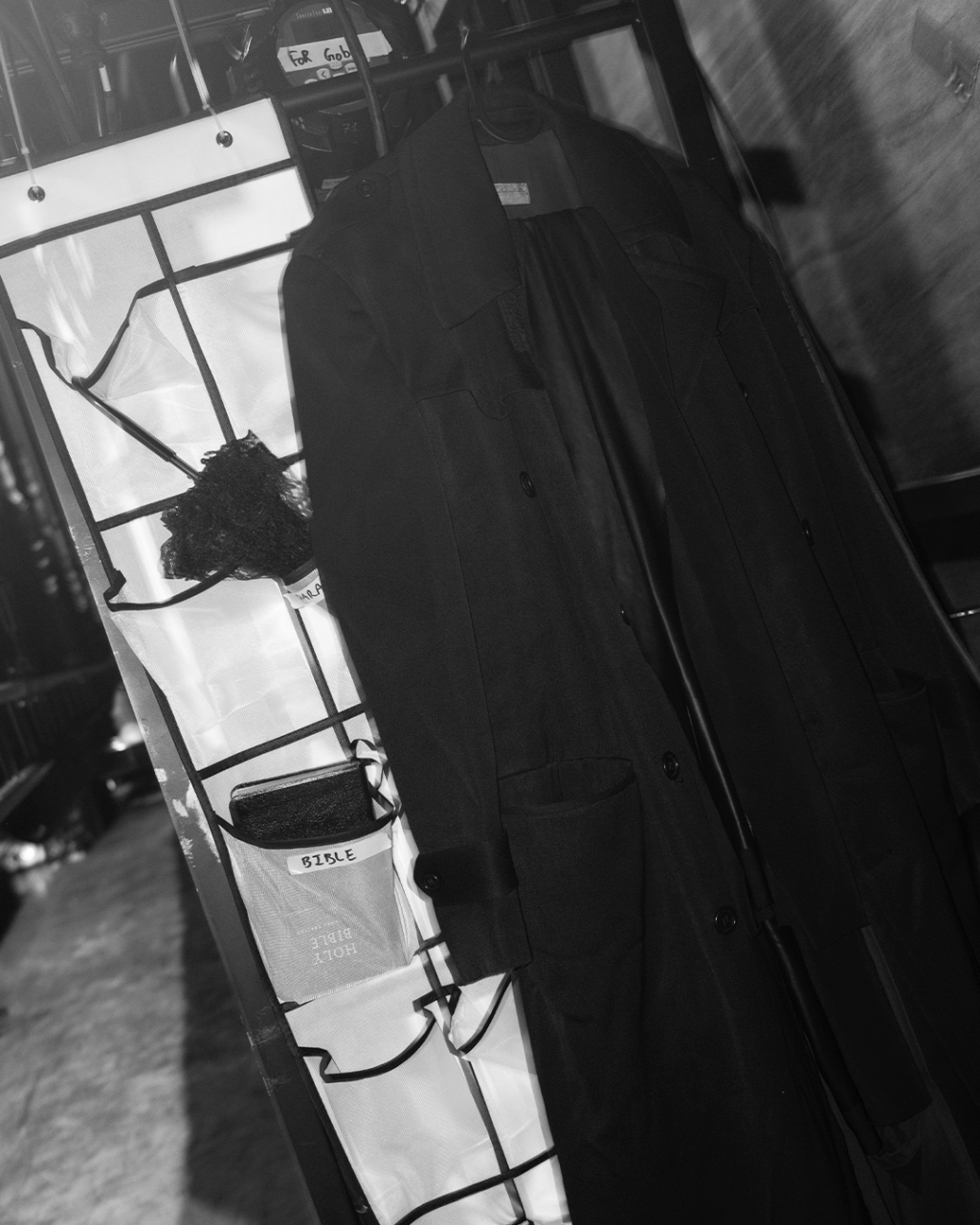
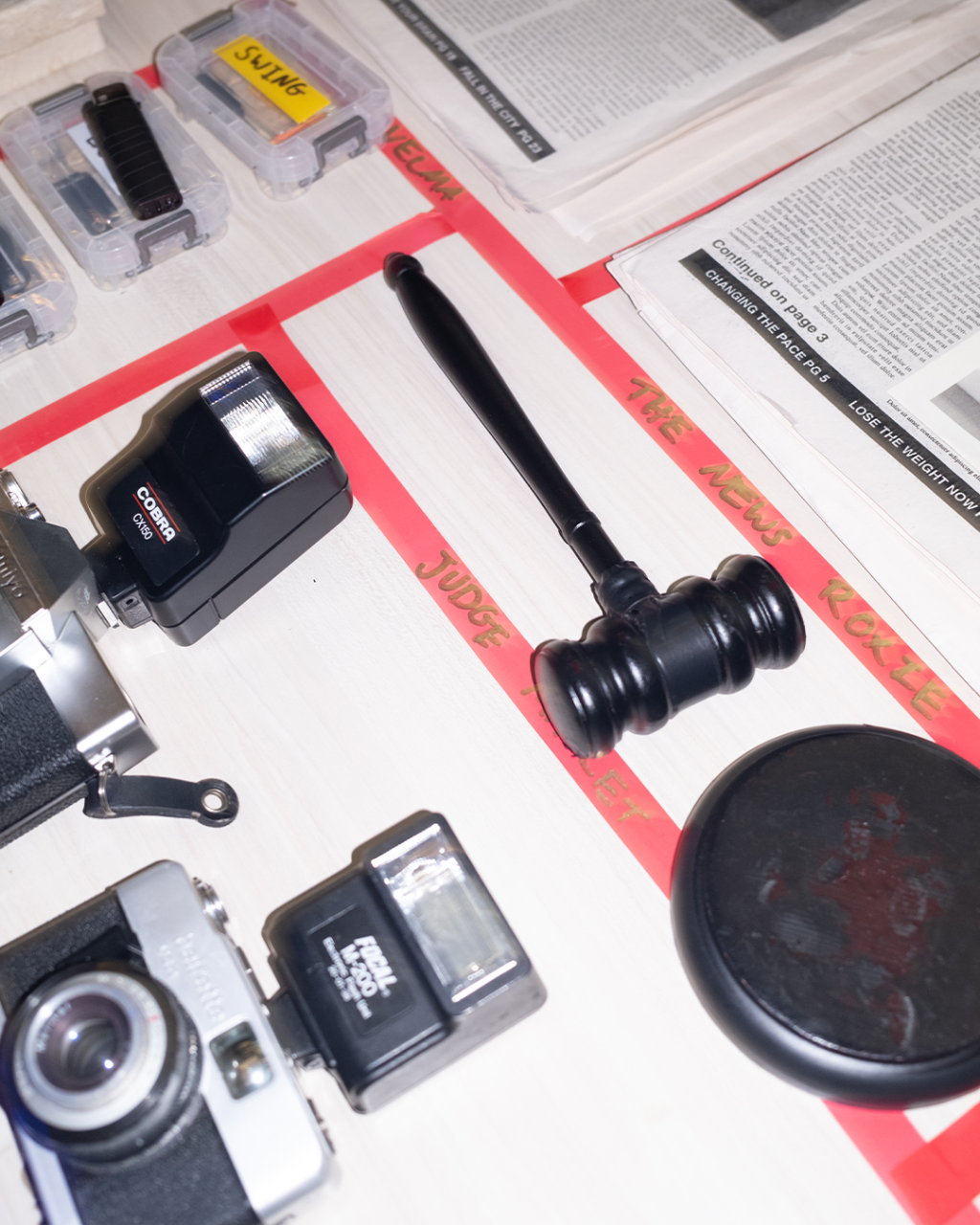
When the curtain rises at Zorlu PSM, we’re not just witnessing a musical. We’re stepping into a cultural artifact that reflects its era—and ours. Chicago is not just a story of crime, desire, and fame; it’s a time capsule, offering a mirror to our fascination with scandal and our hunger to be seen. Onstage and off, it’s a collective force—where past and present meet in perfect, provocative harmony.
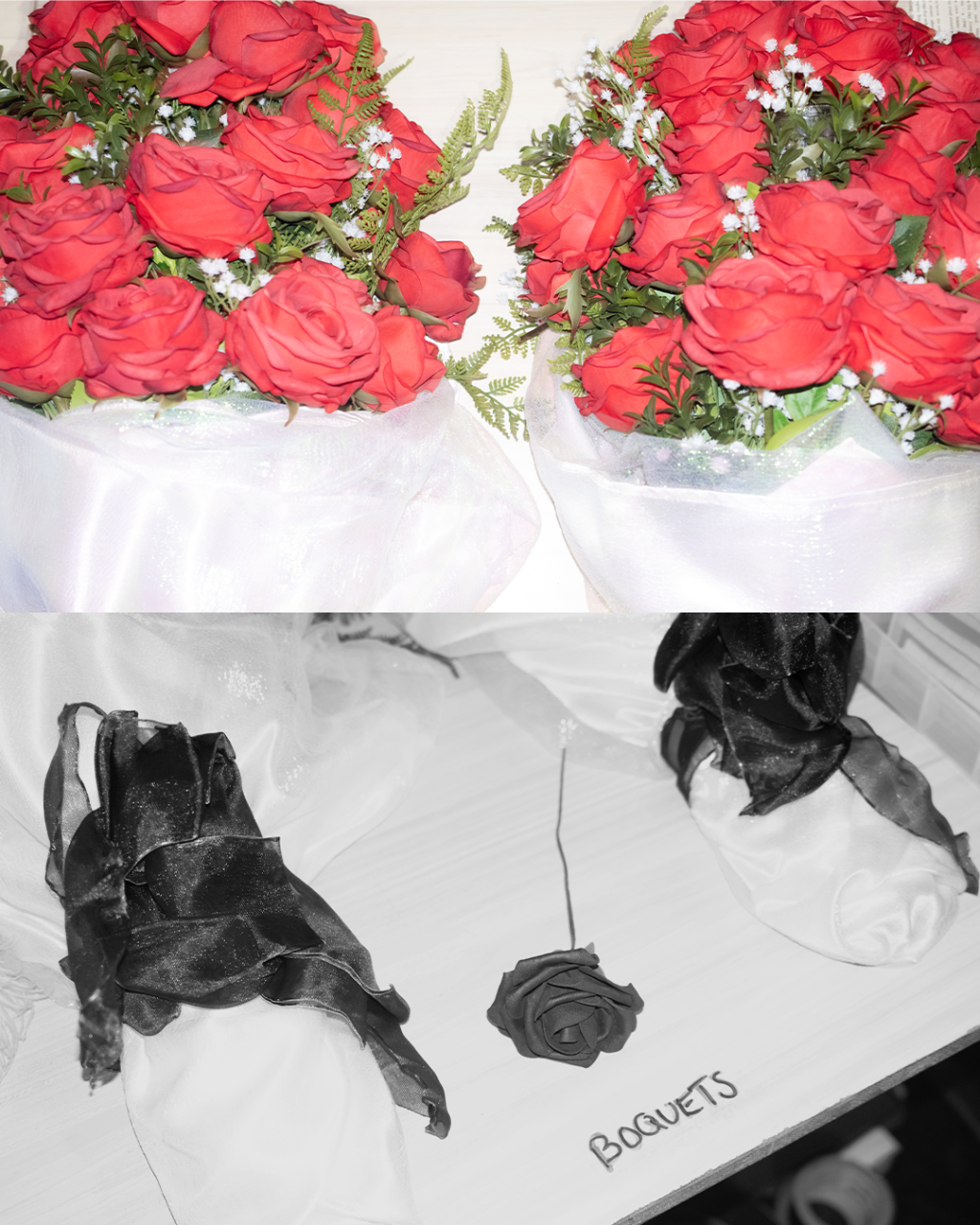
And when the show ends, the finale is far more than just a bow. The lead actresses return to the stage holding bouquets made up of eight red roses. Each rose is a tribute to the eight women at the heart of the story. As the performers toss the flowers into the audience, they aren’t simply offering thanks—they’re sharing the voices, emotions, and lingering defiance of the women whose stories shaped the night. In Chicago, even the curtain call is not just a gesture—it’s part of the narrative. Every flower thrown strengthens the invisible bond between stage and spectator.